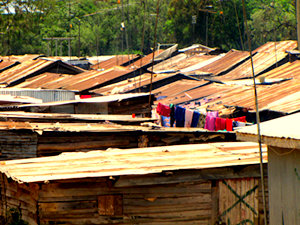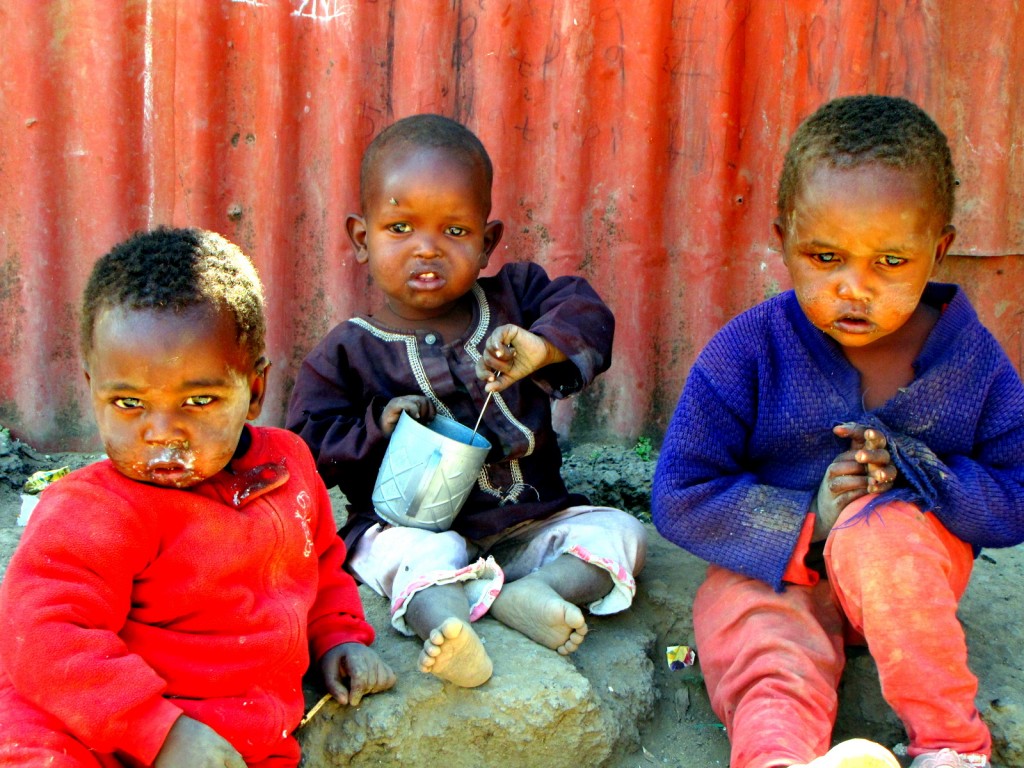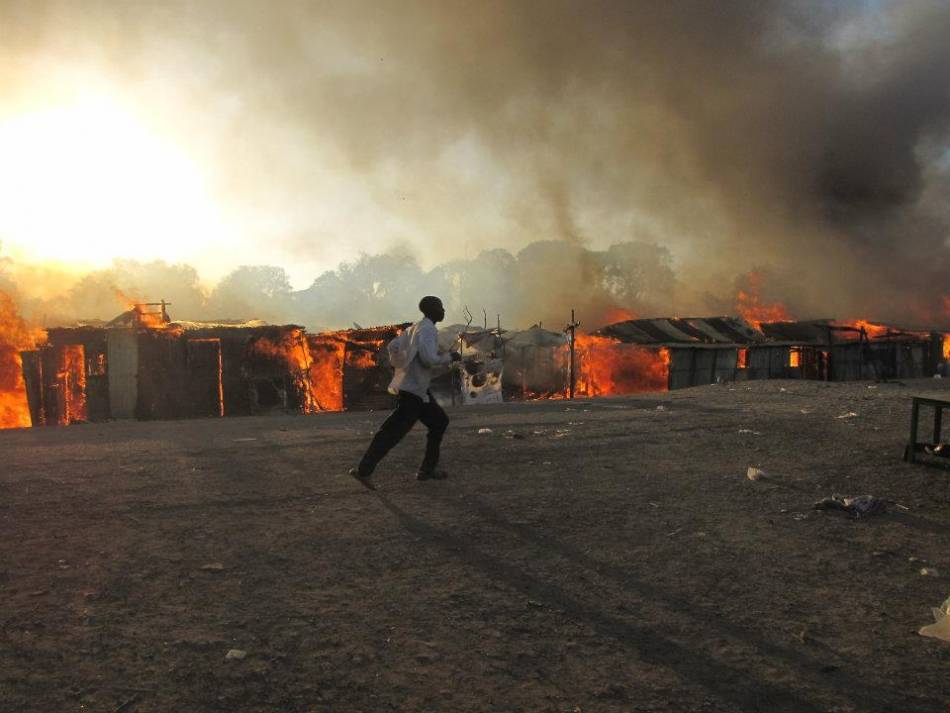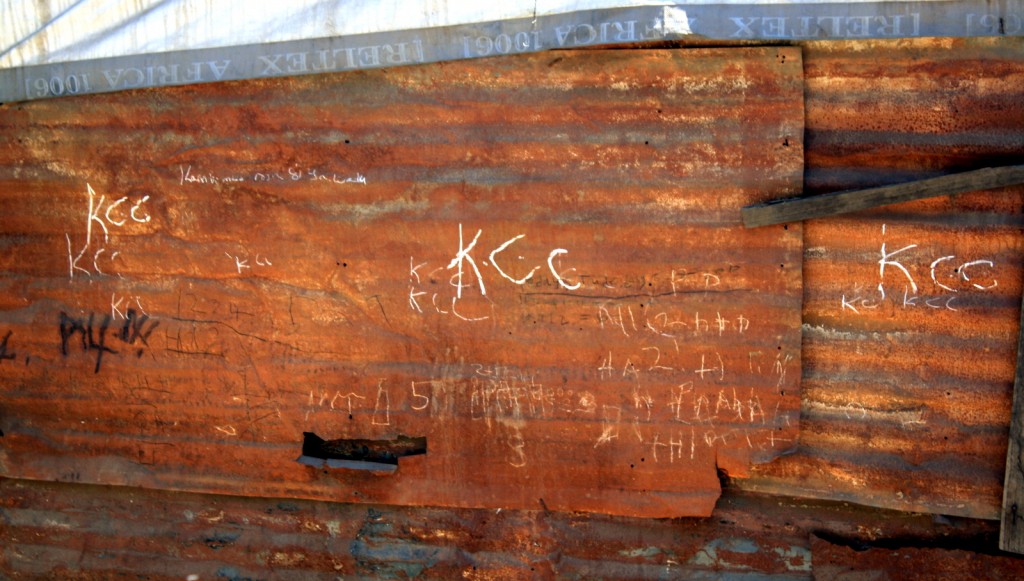Informal Settlements
An informal settlement is another way of thinking and talking about: slums, shacks, ghettos, and shanty towns. On this page you will learn more about what the communities are, how they are formed, and what life is like for people living in these homegrown neighborhoods.
Informal settlements are homes for millions of people worldwide and in Kenya alone, there are an estimated 3.9 million people who live in these communities.
What Are Informal Settlements?
 Informal settlements are over populated, low cost housing settlements, made up of shacks and temporary housing. In Kenya, they exist throughout the country in major towns and cities .
Informal settlements are over populated, low cost housing settlements, made up of shacks and temporary housing. In Kenya, they exist throughout the country in major towns and cities .
Many of the major informal settlements in Kenya can be traced back to the colonial period (1900-1963). A majority of informal settlements were originally established to house workers in nearby employment, or to support industry in larger cities. Today’s informal settlements exist for similar reasons, namely as cheap housing for those in low paid employment.
Informal settlements are usually in urban areas and typically built on government land that can be found anywhere there is a little spare space which can be on: street corners, hillsides, fields, garbage dumps, riverbanks, industrial sites, train tracks, under bridges, beside major highways and in forests.
Although informal settlement dwellers are sometimes evicted after they are established, inhabitants will tend to return. These settlements are communities that not only include housing, but some informal infrastructure as well. This can be local shops and businesses, churches and missions, aid organisations, support groups, schools and clinics. Informal settlements have been evolving in Kenya since the 1960s, and these settlements have been a home for people for generations.
Some people will move on, but many will remain living these communities due to poverty. There are both thriving enterprises and the poorest of the poor living side by side. Though often living hand to mouth, those living in these communities are often bright individuals who hold potential, but are too resource poor to make any significant changes.
How Informal Settlements Are Built
Informal settlements evolve with the needs of the people in an area. Shacks are constructed from a variety of materials such as corrugated iron (new and re-used), timber, trees branches, recycled food sacks, packaging, mud and cow dung. Shacks are often 12 x 12 feet in size and house up to eight people.
 Living Conditions
Living Conditions
Living in an informal settlement poses many ongoing threats, risks and challenges. Issues include poor construction and layout, large scale fires, pollution, lack of family planning and health services, poor sanitation, lack of clean water, malnutrition and alcohol and drug abuse.
Sanitation is especially a major issue. Often one toilet will be shared by one hundred people and in some cases, even more. Additionally, because of the lack of clean water people are forced to use dirty river water for drinking, cleaning and cooking.
Such an environment significantly increases the risk of sickness, especially for children.
Life For Children
Life in informal settlements is tough for children. They are born into an environment where only the fittest survive. Children are often underweight, hungry and sick. Support systems for families are often lacking. A mother may give birth to a child and then, in need of income, quickly return to work, leaving her child with a childcare centre in a shack.

Fires
Because of the close proximity of shacks, fires are an ongoing threat. Often there is limited access to water so controlling a fire can be nearly impossible.
Fires are most common in the dry season and can result in devastating outcomes.
In the KCC informal settlement there have been two major fires. In 2010 a fire destroyed 600 homes, with one casualty. In January 2012 another fire destroyed 3,000 people’s homes with no casualties.
KCC Informal Settlement Background
KCC dates back to 1972 when a factory was built on the outskirts of a small market town,Naivasha.
The main area of the settlement was built in a small area alongside the national railway line that runs to Uganda, and next to the original Nakuru-Nairobi highway.
People moved to this area for employment in the factory and the surrounding flower and vegetable farms. There are now an estimated 5,000 people who live here.
Our work
KCC Programme has been running projects in this community since September 2009, making a difference in the lives of children and families. We work towards breaking the cycle of poverty and aim to empower future generations to become productive members of society.![]()
